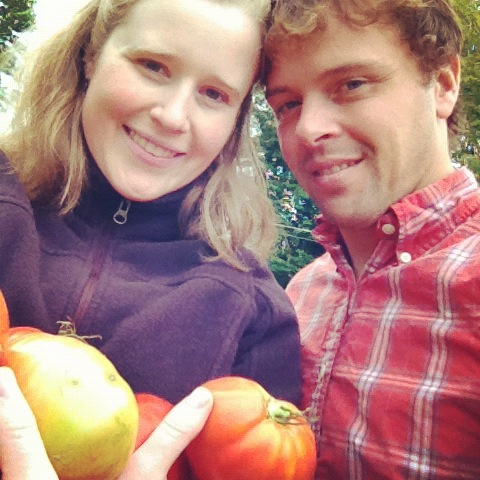To make this dish you can basically throw in any veggies/herbs/cheese you have on hand. The key is to get Ducktrap River smoked salmon trimmings to mix in. Pictured here is a west coast brand of salmon that we picked up at Shaws, but I wouldn't recommend this one as it is full of strange sounding preservatives and colorings. You can find the Ducktrap River brand out of Belfast, Maine, at Hannaford grocery stores.
All are to taste
- Eggs
- Ducktrap River Smoked Salmon Trimmings
- Chopped Red Onion
- Spinach
- Diced Tomatoes
- Diced Cheddar Cheese
- Chives
- Cilantro
- Salt
- Olive Oil
Heat olive oil in pan on medium then add in onions. As they cook, beat eggs in a bowl, adding in a small bit of water. Before the onions are completely soft, add in the spinach. Let the spinach wilt, stirring to mix with the onions. When it has wilted, add in the eggs, chives, cilantro, and salt. Start to scramble the eggs. While they are still a little runny, but before they are set, add in the salmon, cheese, and tomatoes. Continue to scramble until eggs are set. Serve while still warm.


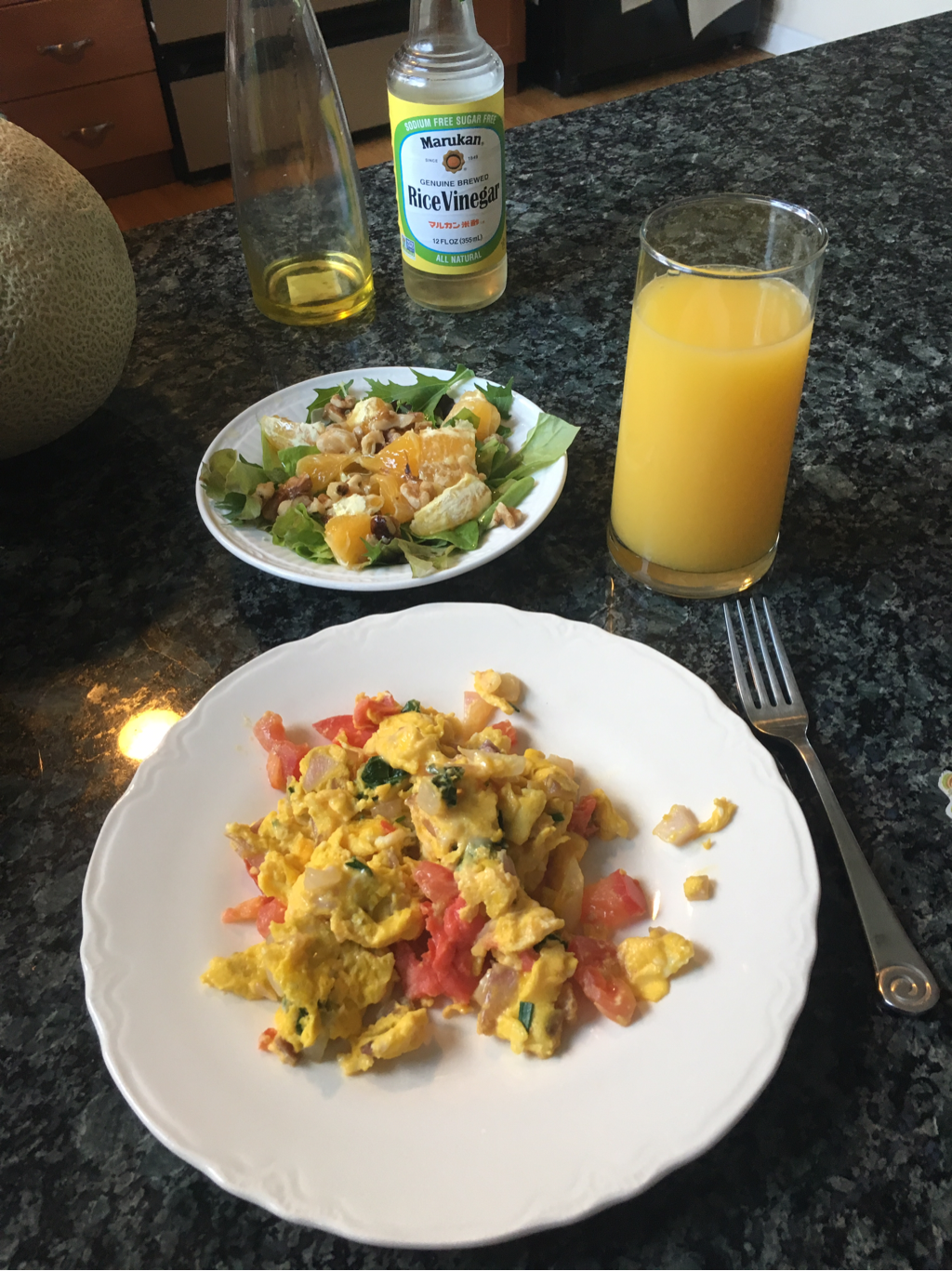
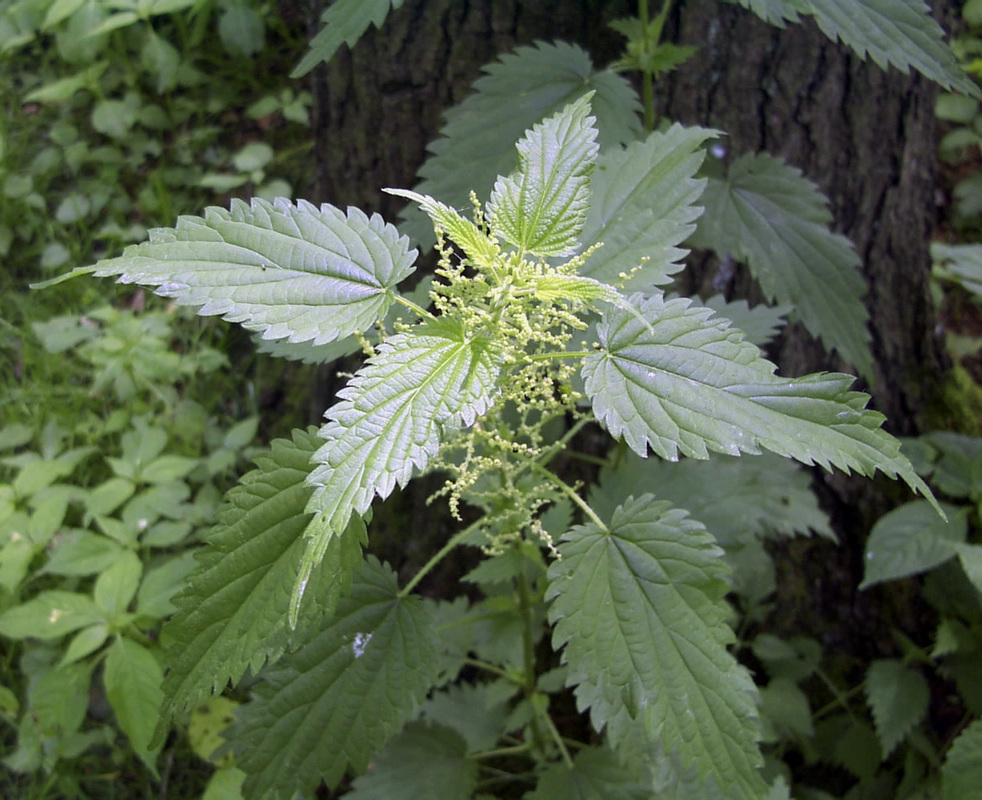
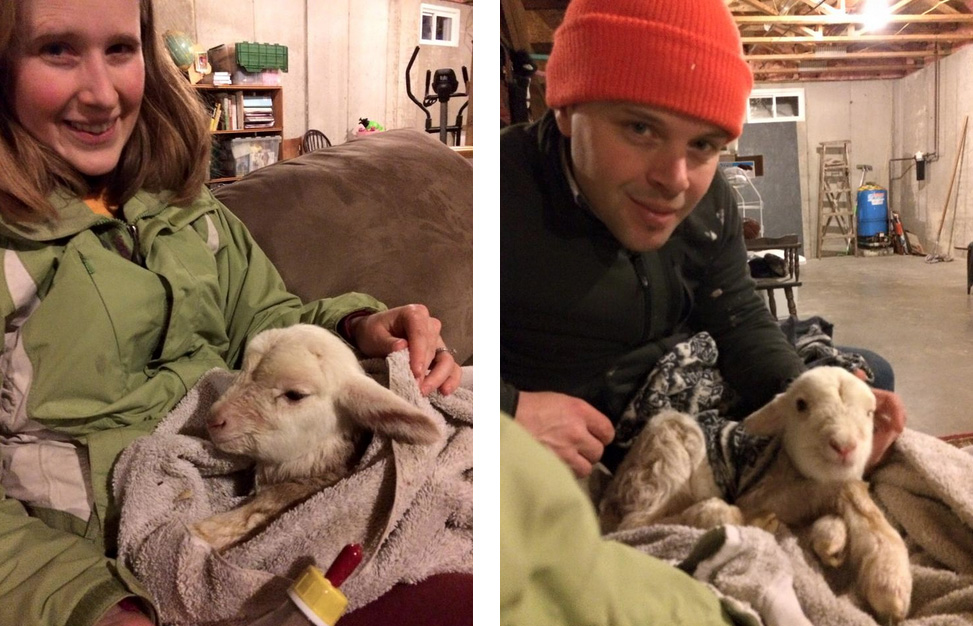


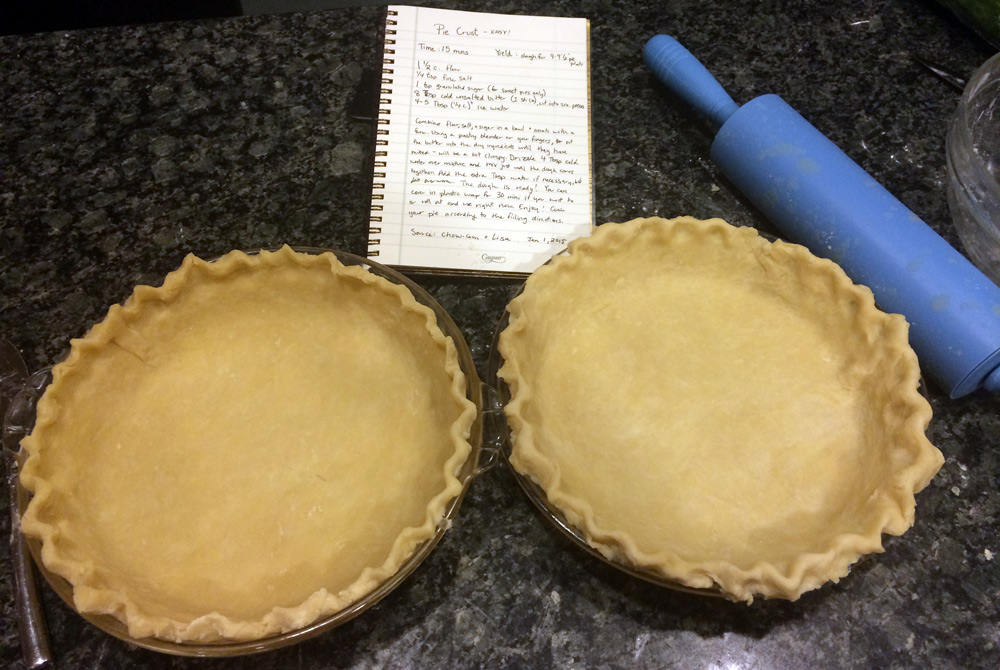
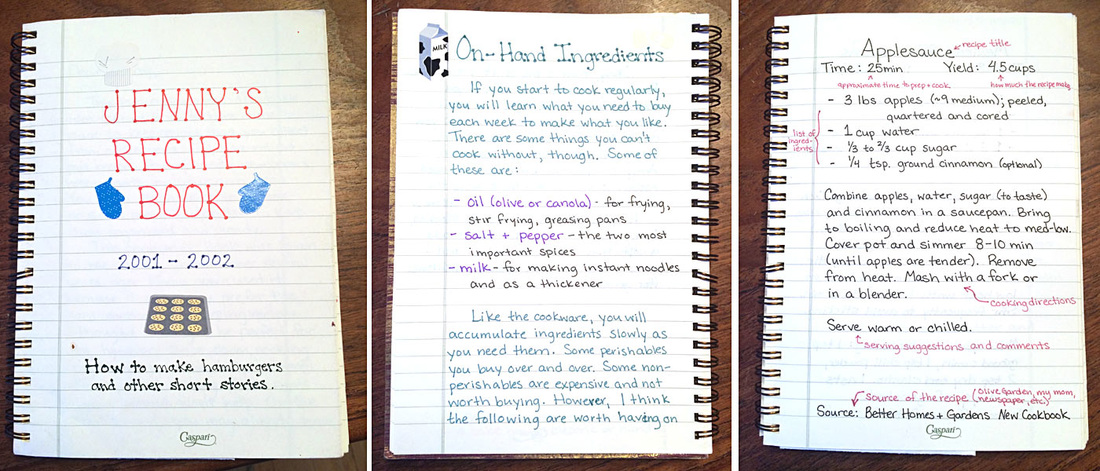
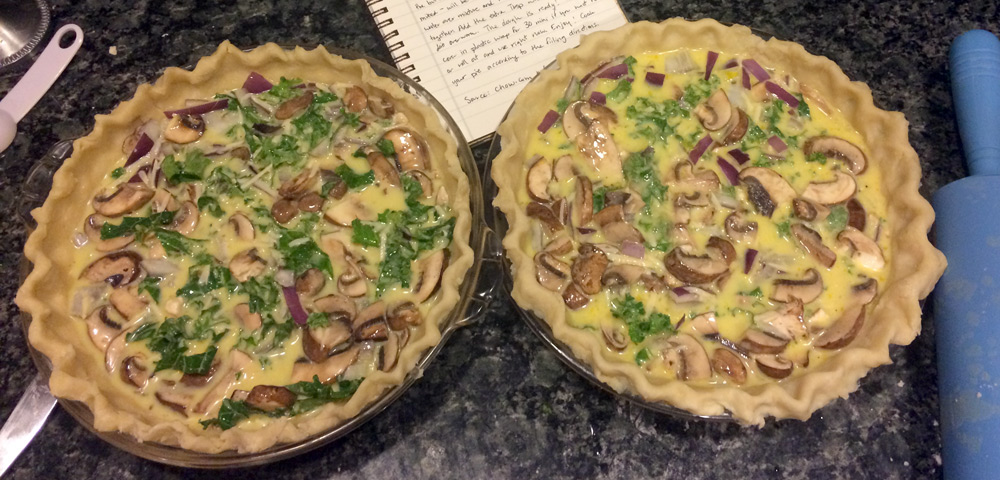
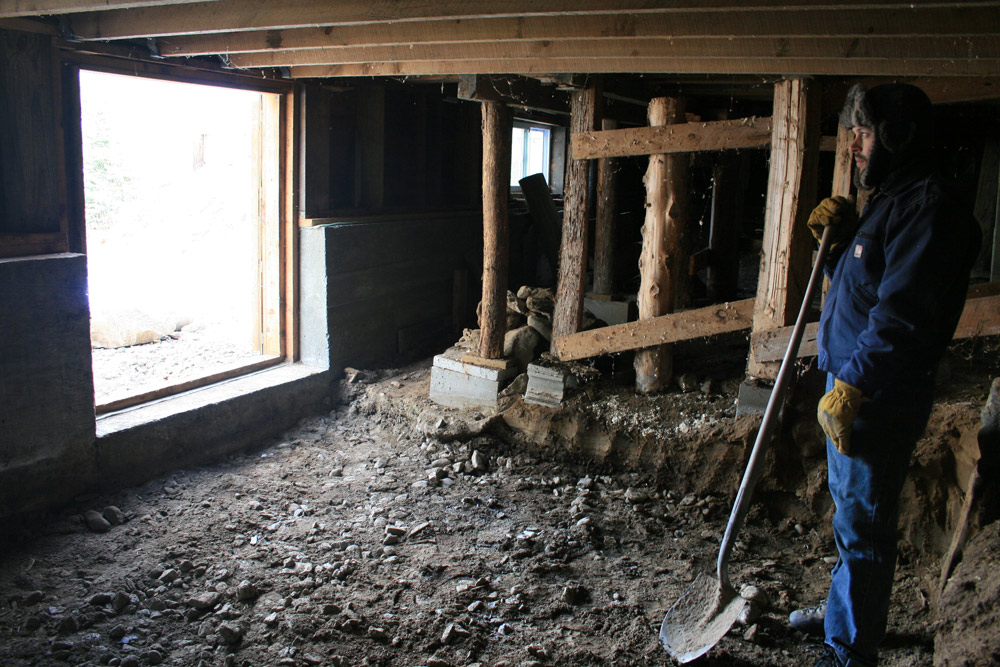
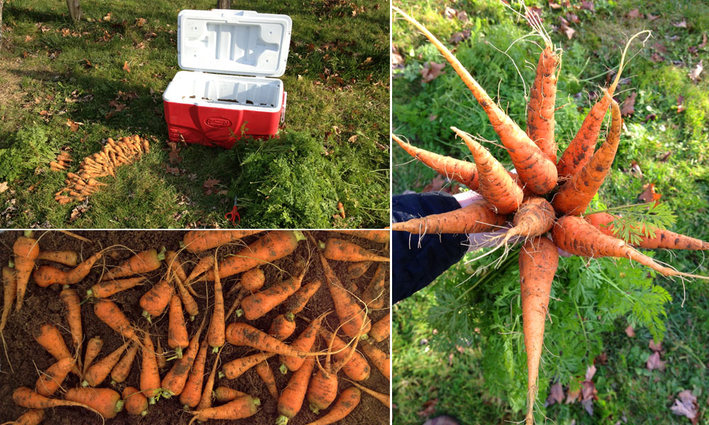
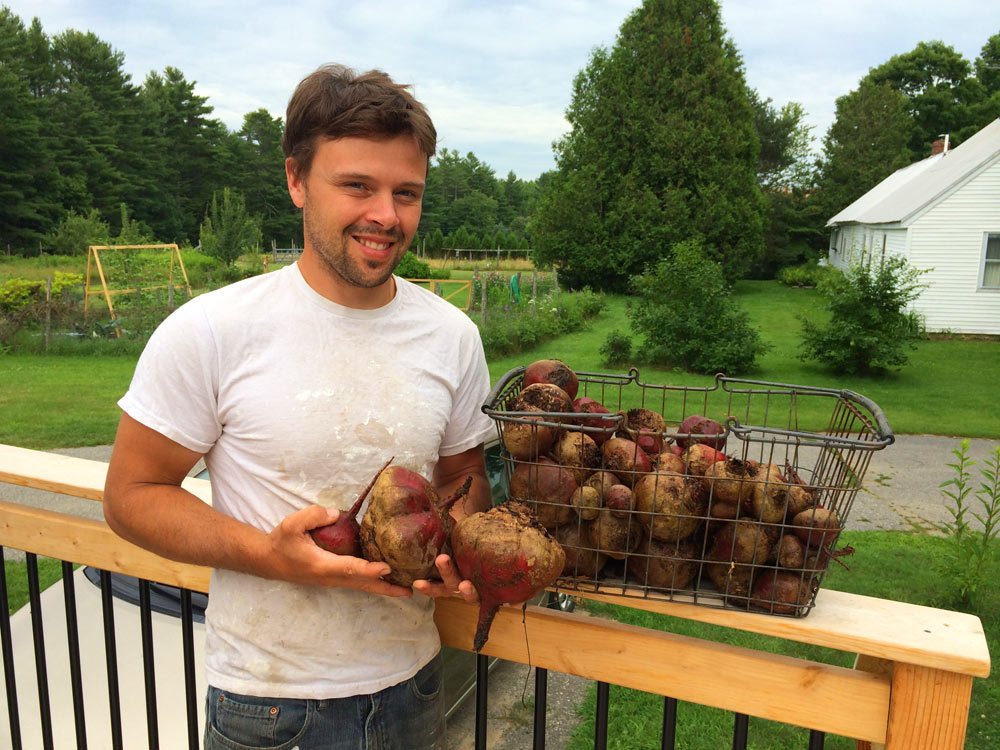
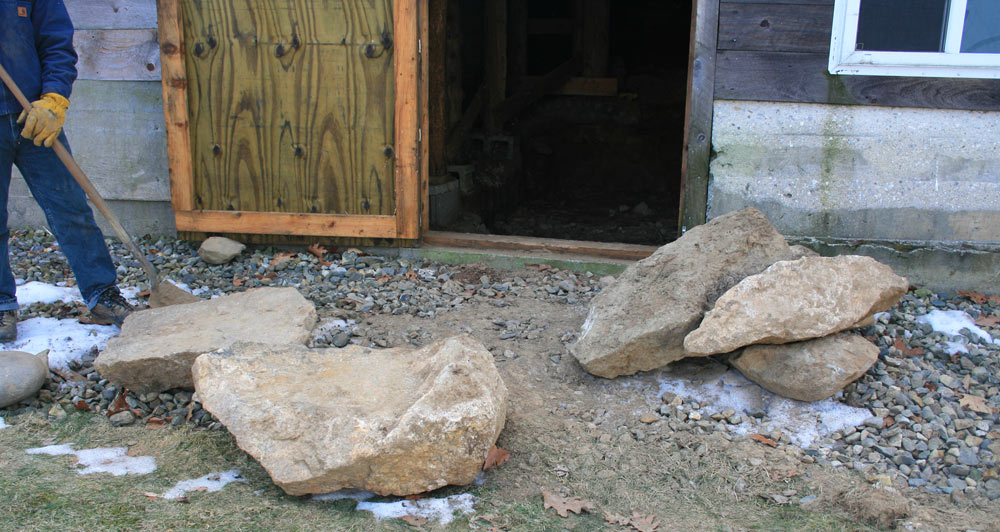
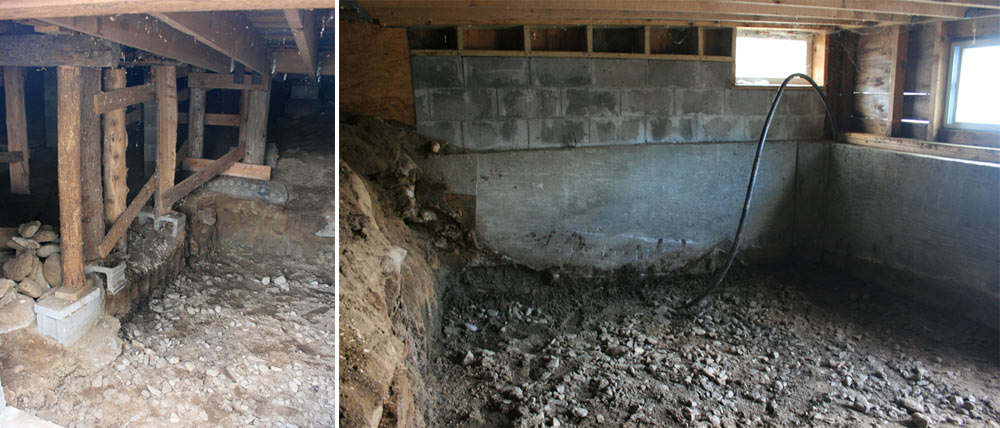
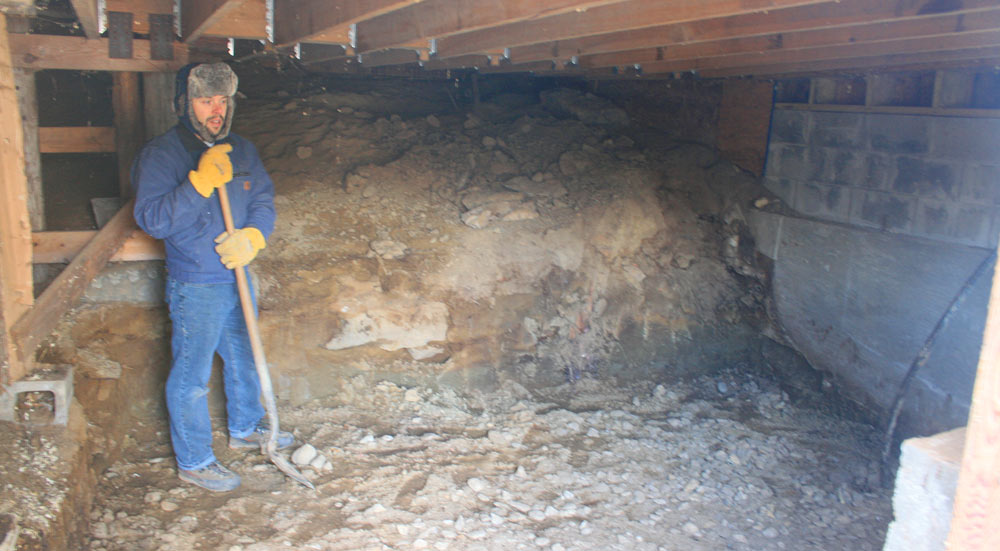
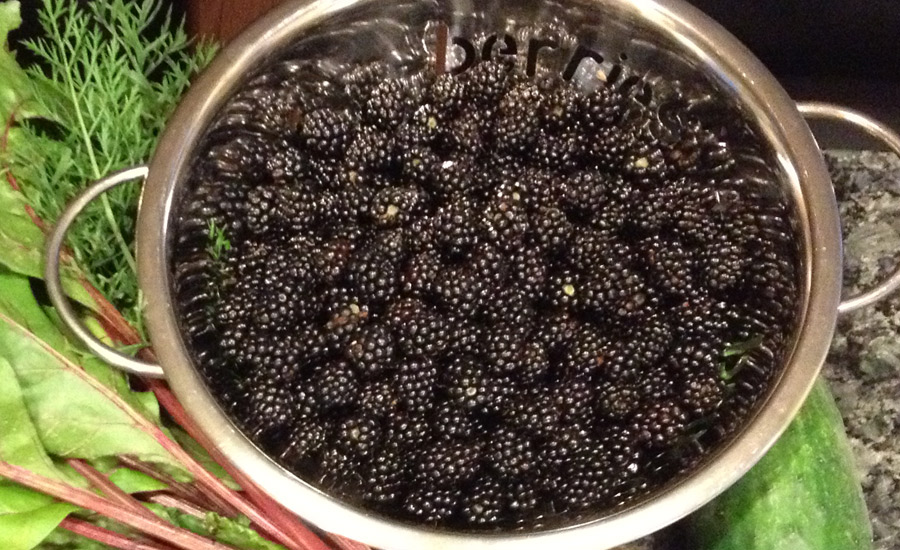
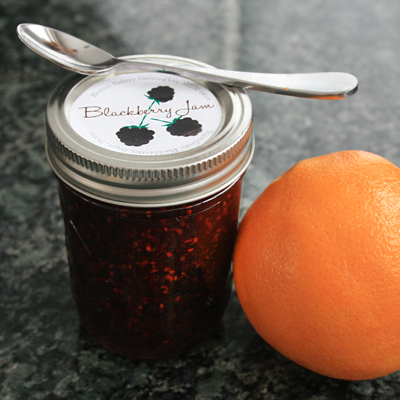

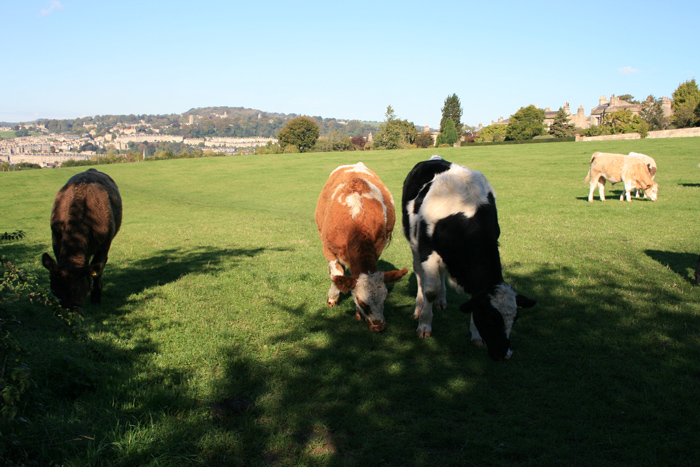
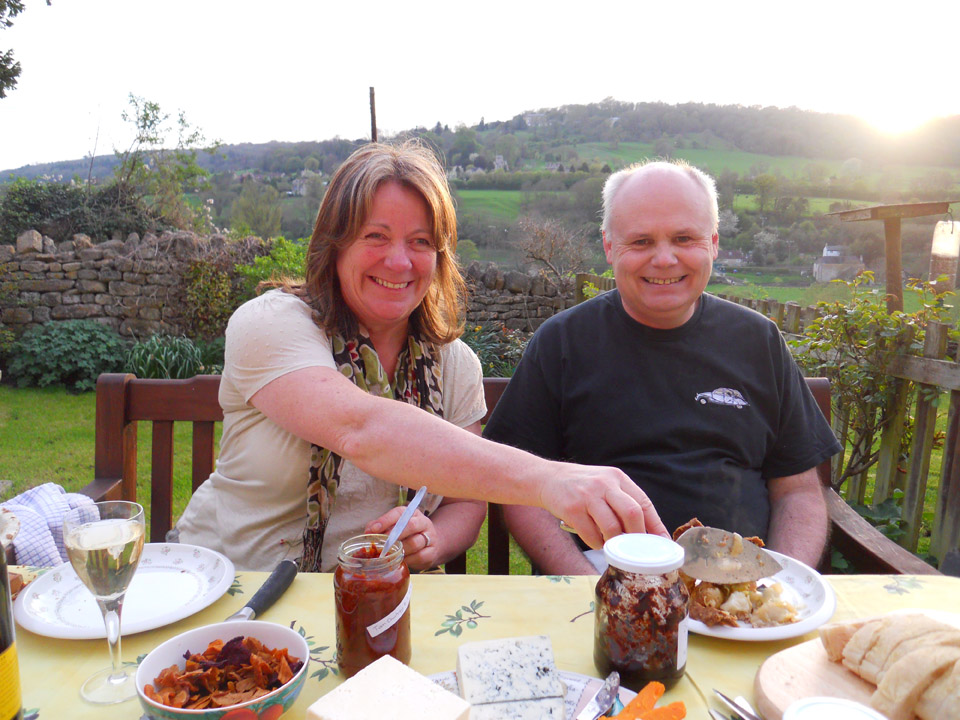

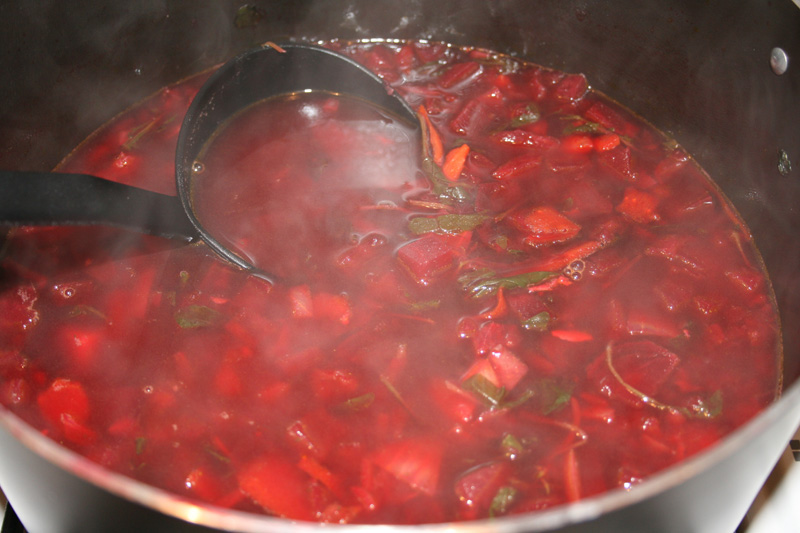
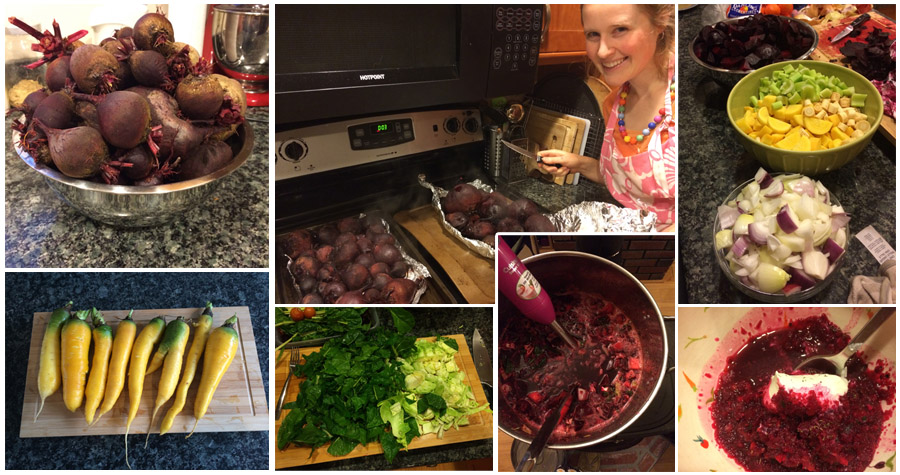


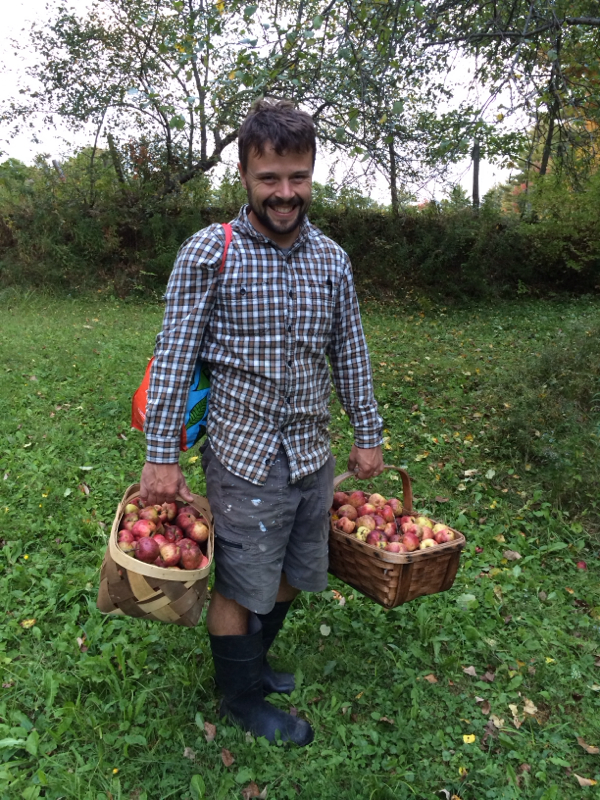
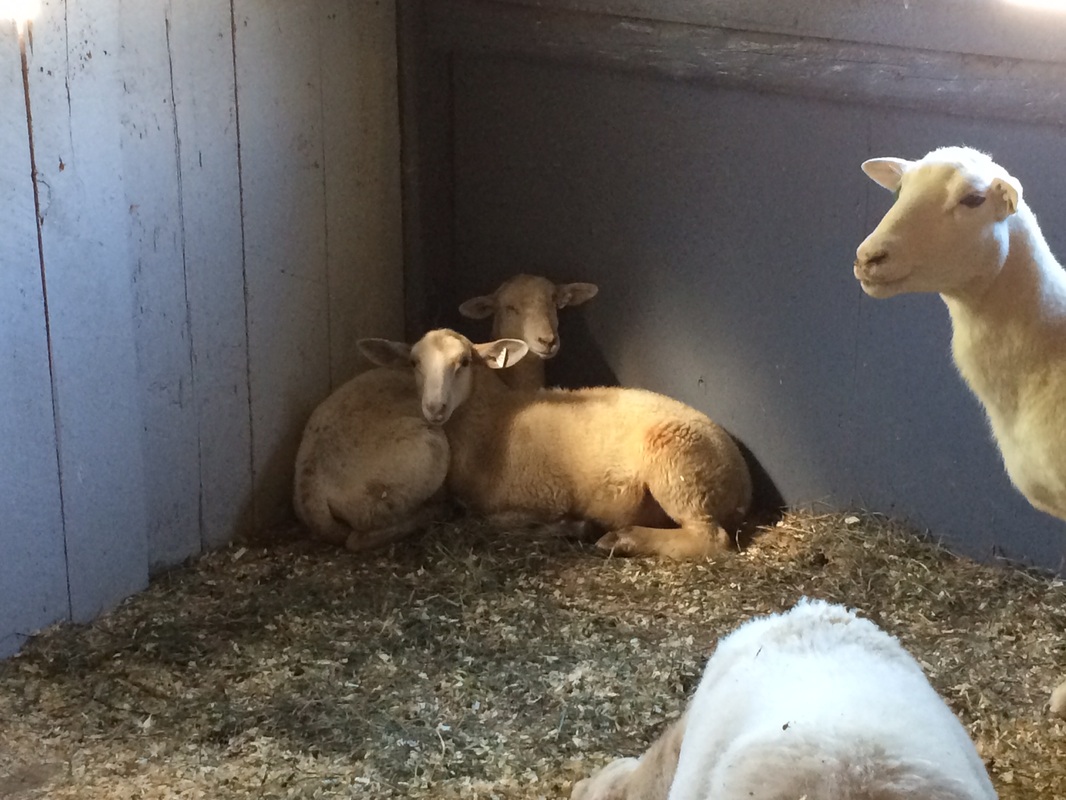
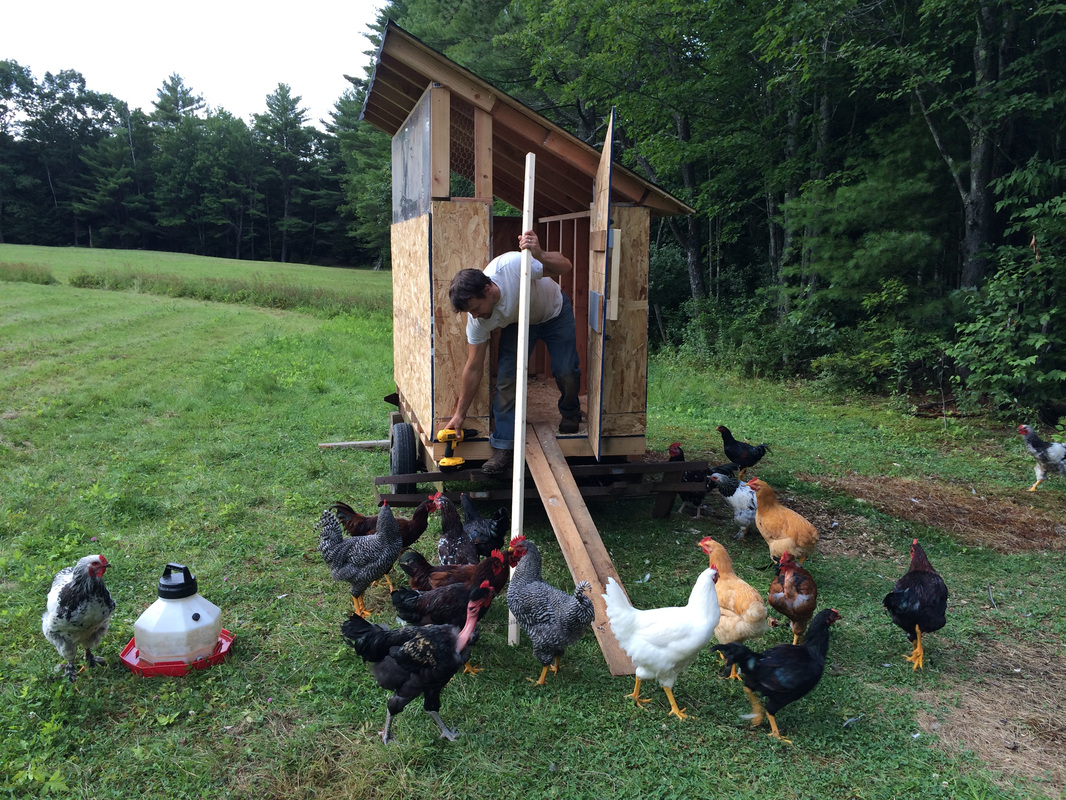
 RSS Feed
RSS Feed
